Cleveland Clinic is a non-profit academic medical center. Advertising on our site helps support our mission. We do not endorse non-Cleveland Clinic products or services. Policy

Christian Burchill, PhD, RN, CEN
Christian Burchill, PhD, RN, CEN, spent more than 25 years in emergency nursing before joining Cleveland Clinic as a nurse researcher in 2013. One morning while working at a busy hospital in Philadelphia, he was called into the triage area and assaulted by a patient. The incident left him battered, but the reaction from the hospital administration was equally disconcerting. Dr. Burchill didn’t get the support he expected.
The experience led Dr. Burchill to begin studying workplace violence against emergency nurses committed by patients and family members, and he eventually developed a workplace safety instrument to ascertain what makes healthcare providers feel safe. “We know about the frequency and severity of workplace violence. And we know some things that seem to reduce the risk – for example, a high-functioning group of security guards and better designed nurses’ stations that can be used as a safe room,” says Dr. Burchill. “But do we know what actually makes people feel safe?”
That’s the question Dr. Burchill sought to answer. He began with a literature review and discovered that assault and verbal abuse of emergency nurses is a worldwide problem. Much of the research focused on the frequency and severity of incidents as well as personal, perpetrator and hospital characteristics. But there was no research on factors that make healthcare providers feel safe. So Dr. Burchill created a survey instrument to measure perceptions of personal safety.
He began by holding an informal focus group of emergency nurses where he asked participants to respond to one question: “When you were either the victim or witness to workplace violence committed by patients or visitors, what made you feel more or less safe?” Responses from the focus group, along with feedback to the same question on social media sites, formed the basis of Dr. Burchill’s survey tool – the Personal Workplace Safety Instrument for Emergency Nurses (PWSI EN).
Dr. Burchill created a 31-item Likert-type scale to measure factors of workplace countermeasures, patient-nurse interactions, and administrative and judicial support measures. He developed 15 demographic questions to measure characteristics of the nurse and hospital. Next, he sent the survey to experts in workplace violence and healthcare for review. Results of the review yielded high content validity, meaning the tool was relevant and representative of the construct it measures. (This portion of Dr. Burchill’s research was published in the journal Work: A Journal of Prevention, Assessment and Rehabilitation earlier this year.)
The next step was to send the PWSI EN to nurse managers in emergency department’s at 17 hospitals across the U.S. to distribute to their nursing staffs for psychometric testing, which gauges the internal consistency, reliability and other validity factors of the survey. Dr. Burchill received 305 completed surveys then used several statistical techniques, including Cronbach’s alpha statistical instrument, to measure them. He removed questions that didn’t reach statistical significance. Overall, results showed that the PWSI EN was highly reliable. (The psychometric part of Dr. Burchill’s study was partially supported by a grant jointly sponsored by the Emergency Nurses Association and the nursing honor society Sigma Theta Tau.)
The PWSI EN now includes 28 statements about workplace violence and perceptions of safety that nurses respond to, plus scoring analysis instructions. Review of the 305 surveys completed during psychometric testing was insightful. “The biggest predictor of what makes nurses feel safe is the feeling that hospital and unit administration have their back – that they feel supported by management,” says Dr. Burchill.
He will present a poster on the results of his research at two conferences this fall: Emergency Nursing 2015, Sept. 28 – Oct. 3 in Orlando, Florida, and the ANCC National Magnet Conference®, Oct. 7-9 in Atlanta. Dr. Burchill also is currently drafting a journal article about his research. The next step is to edit the language of the tool so it can be tested with a bigger sample of nurses in all areas of hospitals, not just the emergency department. In addition, there’s potential to adjust the tool to address workplace bullying by peers and other healthcare providers. Future research may point to which interventions make nurses feel safer from patient-visitor violence.
The PWSI EN has been copyrighted and will eventually be available to interested researchers or clinicians via the online exchange ADEO. It will include the final version of the survey, scoring instructions and instructions on how to interpret results. Dr. Burchill says hospitals can use the survey instrument to find out where they have safety deficiencies and make improvements.
Creating safe work environments is the ultimate goal. “You can’t deliver high-quality care if you are looking over your shoulder wondering if a patient or family member will assault you,” concludes Dr. Burchill.
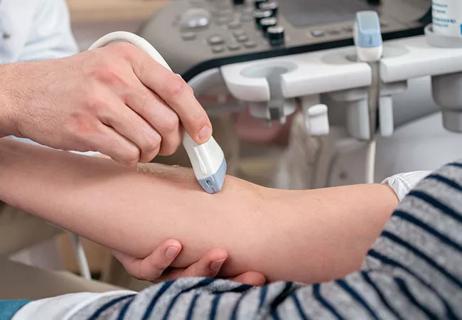
Study shows ultrasound can be valuable tool for improving patient satisfaction by reducing failed IV insertions

New system uses vital signs to predict need for further intervention
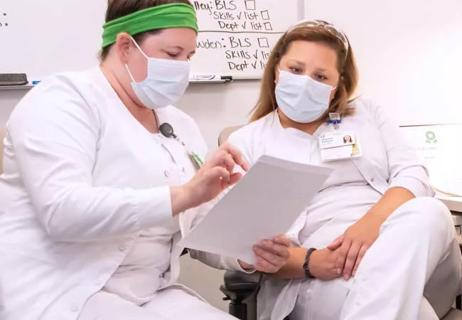
Findings reveal personal and professional factors that influence nurses’ interest in medical research
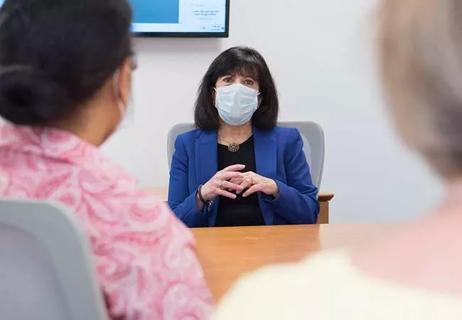
Nurse scientists bridge divide between bench and bedside

Individual and population factors play a role
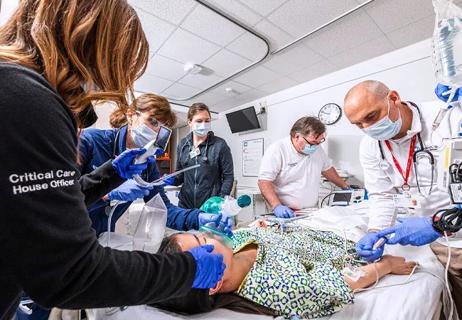
Study looks at cardiopulmonary arrest and activation rates
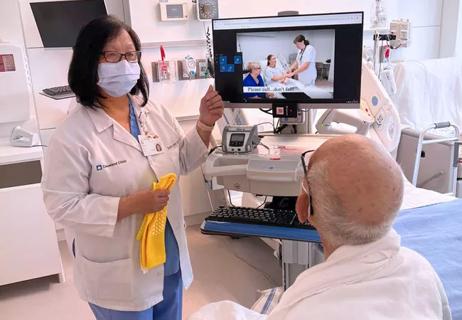
Video education and nurse-led reinforcement help with fall risk awareness
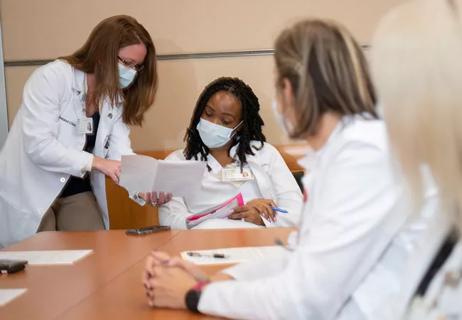
Further research into collaborations may help strengthen nursing science